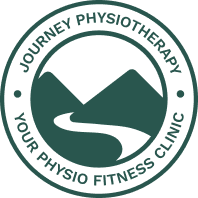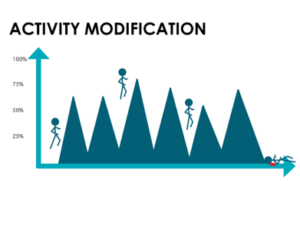What to do with a break in the squash season
As the winter break approaches it is important to consider how to use this time to best improve your game and physical health.
First things first.
Reflect on your first half of the season. What went well. What needs work?
What are you hoping for in the second half of the season?
What does time permit during the busy winter schedule?
Is their a nagging injury you need to address?
Once you have completed the reflective process create a plan that makes sense with your schedule. In the post I will tackle question number four as it is my specialty area. If you need coaching help – get it now and build a program for 2019.
The typical solution to number four is rest. In certain cases a dose of rest is required but for most amateur athletes the problem is less about over training and more about reduced capacity to tolerate the training load. This equates to worker harder to increase your capacity.
For example. If your achilles has been irritable for the past month the last thing you want to do is rest the tendon in hopes it will get better come January. Your goal should be to make the tendon stronger to tolerate the demands you will put on it in January.
These two picture describes common scenarios and pitfalls:
Training load is greater than the capacity of the tissue. Pain results as a warning sign to make changes.
As pain diminishes we start our sport. Without having actually made the tendon healthier a cycle begins…rest, activity, pain, rest, etc.
Instead of waiting and hoping the tendon gets better, take an active approach. This should include:
Appropriate load management; can you play for the right duration and intensity to allow recovery and stimulus?
Appropriate strength: can you increase the strength of the entire unit? The area is not always weak weak but strength training has a profound effect on the nervous system and the healing process.
Maintain your fitness. If you have to play less squash because you can’t find the right level, replace squash with another form of training. This ensures everything else stays strong as you allow a particular area to recover.
Below is my three week plan
Improve volley control and strength
Solo drills
Partner drills
Game scenarios
Improve footwork to the backhand side
Ghosting
Partner drills
Maintain strength of groin, calf, quad
Simple 4 exercise routine
Maintain cardiovascular fitness
Above drills plus
Bike, running conditioning


